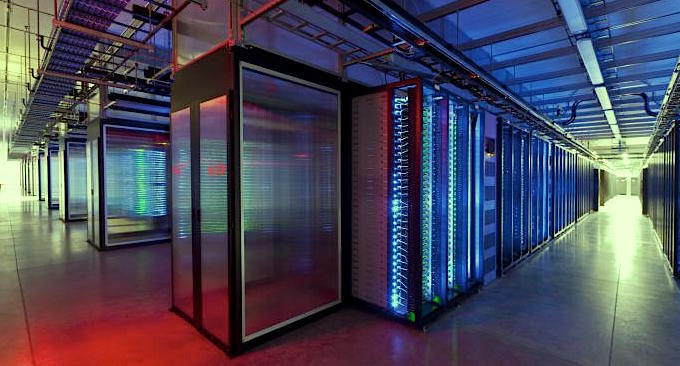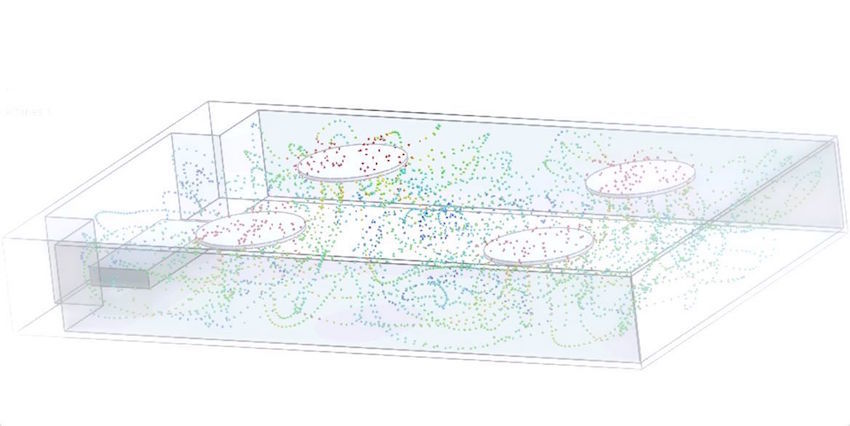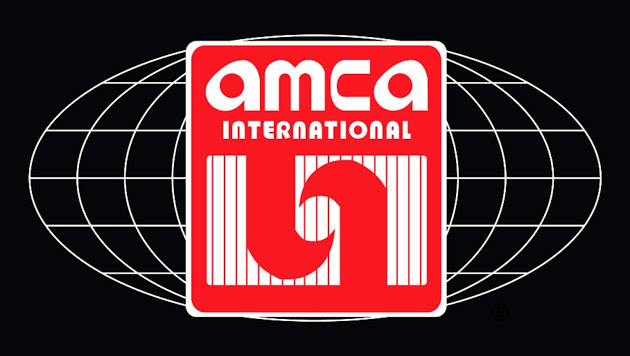Energy Efficiency Options from Coolan, MacroAir, AMCA International and Cradle
Companies are striving to improve the energy efficiency of the data center infrastructure. For this, engineers and data center operators use all kinds of tools, develop and implement innovative technologies. Some companies openly share their achievements in this area, while others keep secret projects to improve the infrastructure of server farms. But there is a category of companies that do not have their own data centers and make money by selling technological developments and inventions to customers or data center owners. The post will discuss the proposed solutions of such companies in the field of energy efficiency of data centers.

Coolan provides data center infrastructure optimization services. Its experts conducted a number of studies in major world data centers, analyzed the load on server power supplies from 1600 computing nodes. After conducting these studies, experts came to the conclusion that the resources of the power sources are used very inefficiently, most of them are loaded at about 30%. The reason is simple: sometimes operators are too worried about the security and reliability of the data center infrastructure and install more powerful power sources for the servers than they really need.
If we take the most common power sources, when the maximum load is reached, the efficiency level increases significantly. But when the devices are only loaded by a third, the efficiency will be much less than optimal. Coolan experts recommend saving resources using OpenRack racks based on the new architecture.

In general, Open Rack is a cross between an open rack and a telecommunication cabinet, where the resources of the power supplies are common to the entire connected load. With their help, you can flexibly scale the infrastructure, make more efficient use of the available internal space, and also provide a certain potential for the implementation of energy-saving ideas and achieve the required capacity.
Effective optimization of air flow makes it possible to reduce the load on the cooling system of server equipment, thereby reducing the cost of operating the data center. That is why MacroAir has updated its service for modeling the flow of air masses inside buildings called AirViz.
AirViz is a 3D modeling and airflow visualization service that allows you to quickly visualize and analyze the passage of air flow inside a building. This process is implemented using a special automation mechanism, which is sharpened for the visualization of large low-speed fans (High Volume Low Speed; HVLS). Using AirViz will enable operators, designers and data center builders to look at an example of how HVLS works.

The virtual AirViz model accurately demonstrates air speed and other parameters using 3D animation. The first version of this software solution was released in 2014 and is currently available as a web application that implements 3D modeling using the new cloud computing technology. AirViz algorithms use the principles of computational fluid dynamics to model air velocity, temperature, and airflow direction.
AMCA International (Air Movement and Control Association International) is launching a new fan energy calculator. The tool is called AMCA Fan Energy Waste and will be available on the official website of the association .

With a few clicks of the mouse on the calculator, users will be able to estimate the amount of costs associated with the inefficiency of the fans, as well as the amount of inefficiently used electricity. This tool will help data center operators improve infrastructure energy efficiency.
Cradle, in collaboration with electrical equipment supplier and designer, Hitachi Mito Engineering, has developed a thermal simulation tool for printed circuit boards called PICLS. With its help, it will be possible to secure “iron” as much as possible from overheating and the formation of so-called “hot spots” in the data center halls.

PICLS is quite simple and easy to use. It works in real time and allows electronics developers to instantly evaluate how changes in design will affect thermal performance.

Coolan Offers Save Resources With OpenRack
Coolan provides data center infrastructure optimization services. Its experts conducted a number of studies in major world data centers, analyzed the load on server power supplies from 1600 computing nodes. After conducting these studies, experts came to the conclusion that the resources of the power sources are used very inefficiently, most of them are loaded at about 30%. The reason is simple: sometimes operators are too worried about the security and reliability of the data center infrastructure and install more powerful power sources for the servers than they really need.
If we take the most common power sources, when the maximum load is reached, the efficiency level increases significantly. But when the devices are only loaded by a third, the efficiency will be much less than optimal. Coolan experts recommend saving resources using OpenRack racks based on the new architecture.

In general, Open Rack is a cross between an open rack and a telecommunication cabinet, where the resources of the power supplies are common to the entire connected load. With their help, you can flexibly scale the infrastructure, make more efficient use of the available internal space, and also provide a certain potential for the implementation of energy-saving ideas and achieve the required capacity.
Airflow Optimization with AirViz
Effective optimization of air flow makes it possible to reduce the load on the cooling system of server equipment, thereby reducing the cost of operating the data center. That is why MacroAir has updated its service for modeling the flow of air masses inside buildings called AirViz.
AirViz is a 3D modeling and airflow visualization service that allows you to quickly visualize and analyze the passage of air flow inside a building. This process is implemented using a special automation mechanism, which is sharpened for the visualization of large low-speed fans (High Volume Low Speed; HVLS). Using AirViz will enable operators, designers and data center builders to look at an example of how HVLS works.

The virtual AirViz model accurately demonstrates air speed and other parameters using 3D animation. The first version of this software solution was released in 2014 and is currently available as a web application that implements 3D modeling using the new cloud computing technology. AirViz algorithms use the principles of computational fluid dynamics to model air velocity, temperature, and airflow direction.
AMCA International Fan Energy Efficiency Calculator
AMCA International (Air Movement and Control Association International) is launching a new fan energy calculator. The tool is called AMCA Fan Energy Waste and will be available on the official website of the association .

With a few clicks of the mouse on the calculator, users will be able to estimate the amount of costs associated with the inefficiency of the fans, as well as the amount of inefficiently used electricity. This tool will help data center operators improve infrastructure energy efficiency.
Thermal modeling Cradle
Cradle, in collaboration with electrical equipment supplier and designer, Hitachi Mito Engineering, has developed a thermal simulation tool for printed circuit boards called PICLS. With its help, it will be possible to secure “iron” as much as possible from overheating and the formation of so-called “hot spots” in the data center halls.

PICLS is quite simple and easy to use. It works in real time and allows electronics developers to instantly evaluate how changes in design will affect thermal performance.
